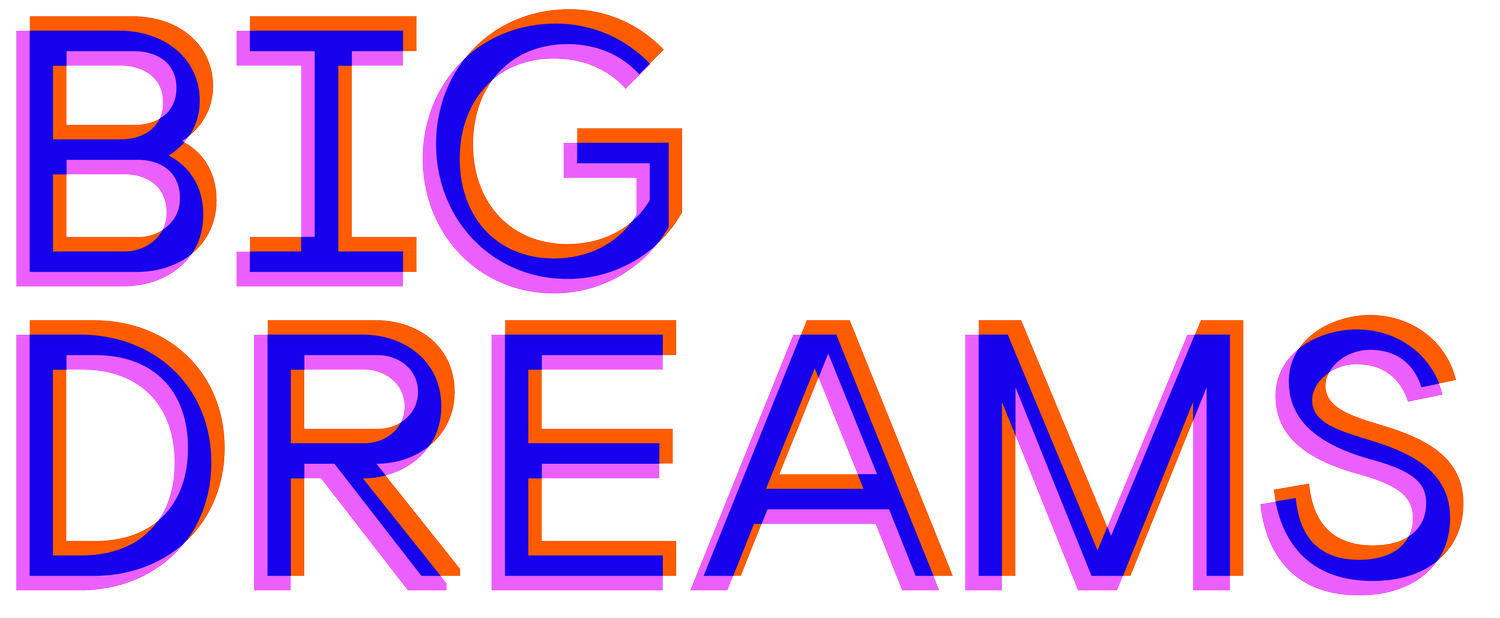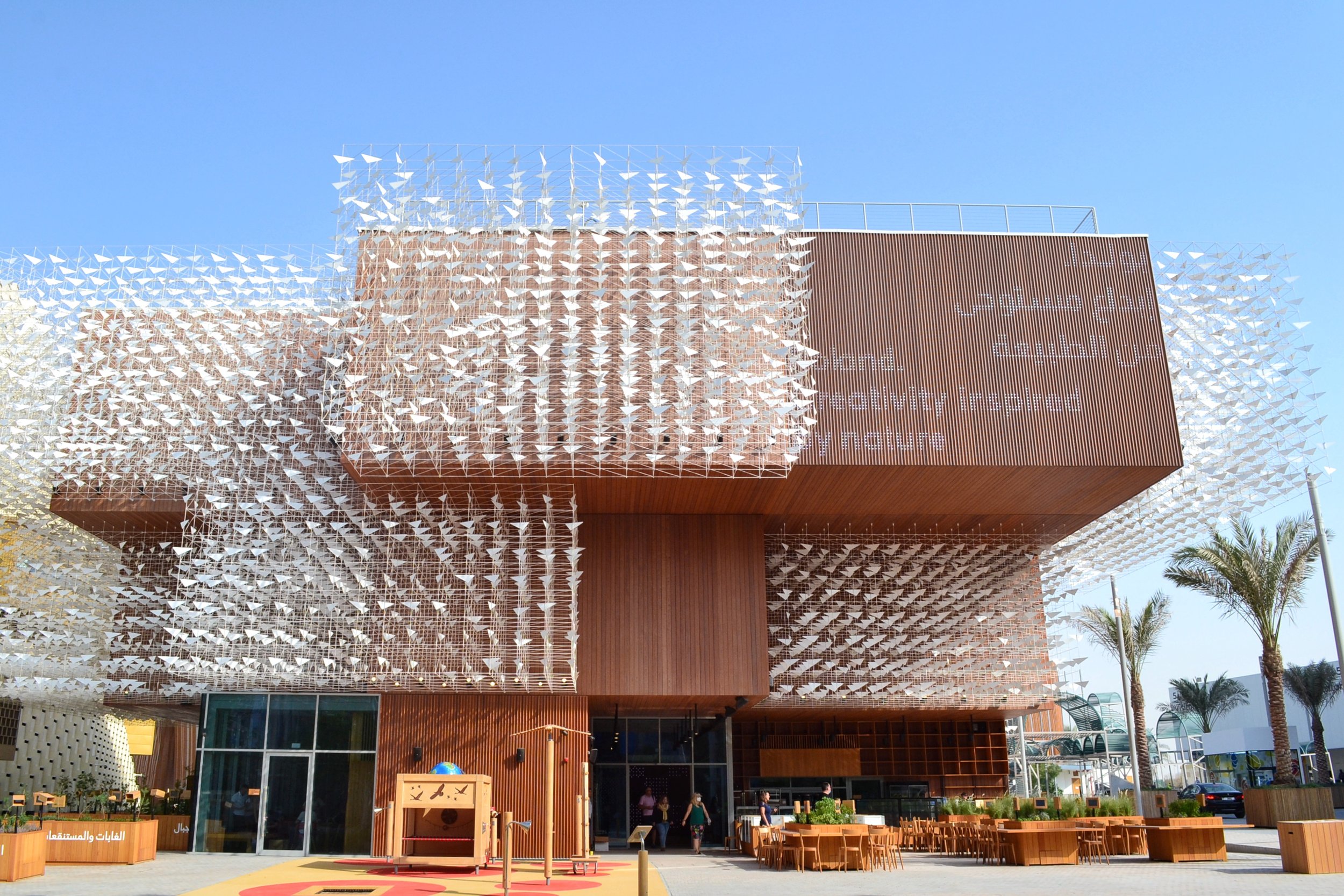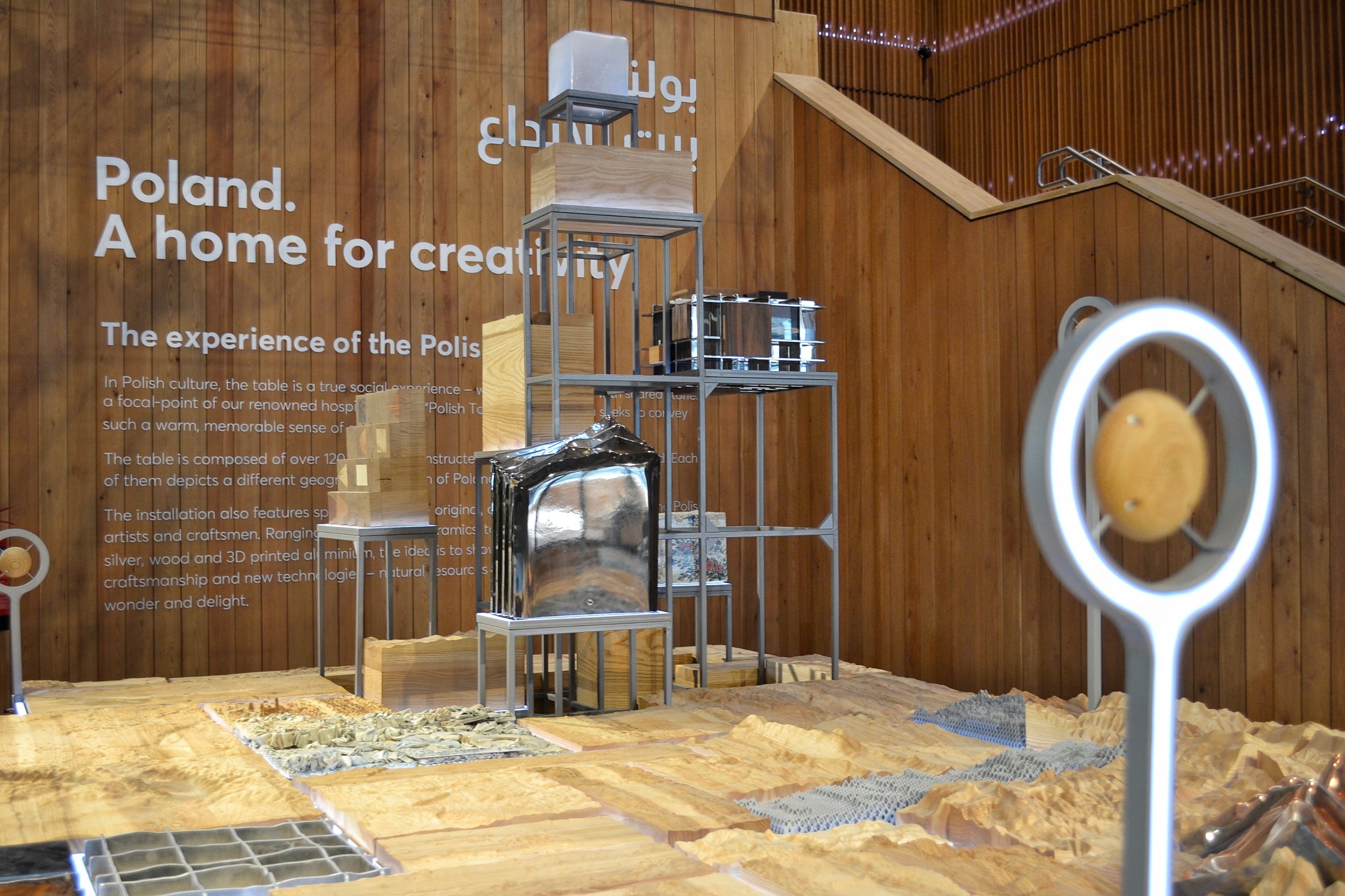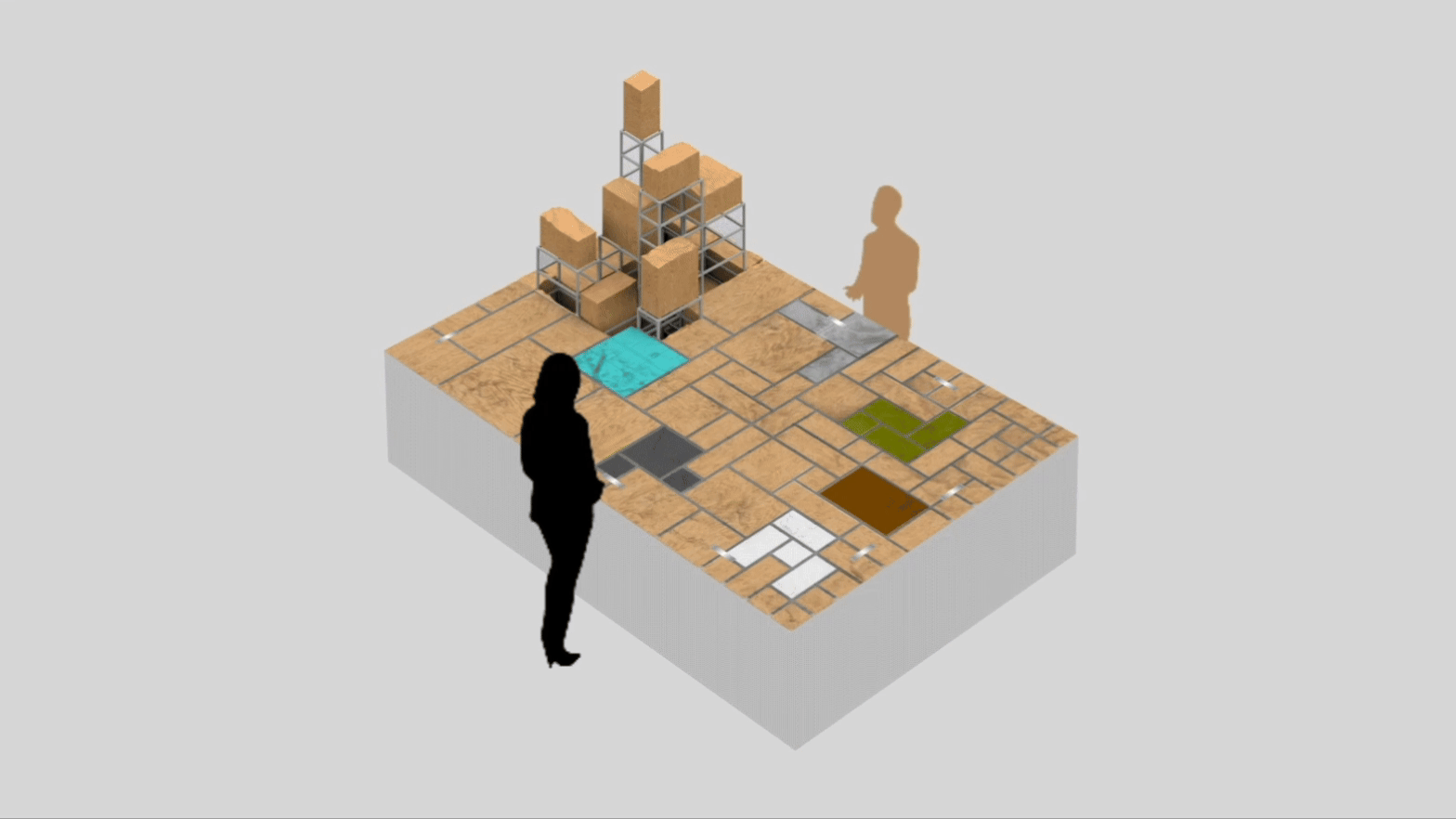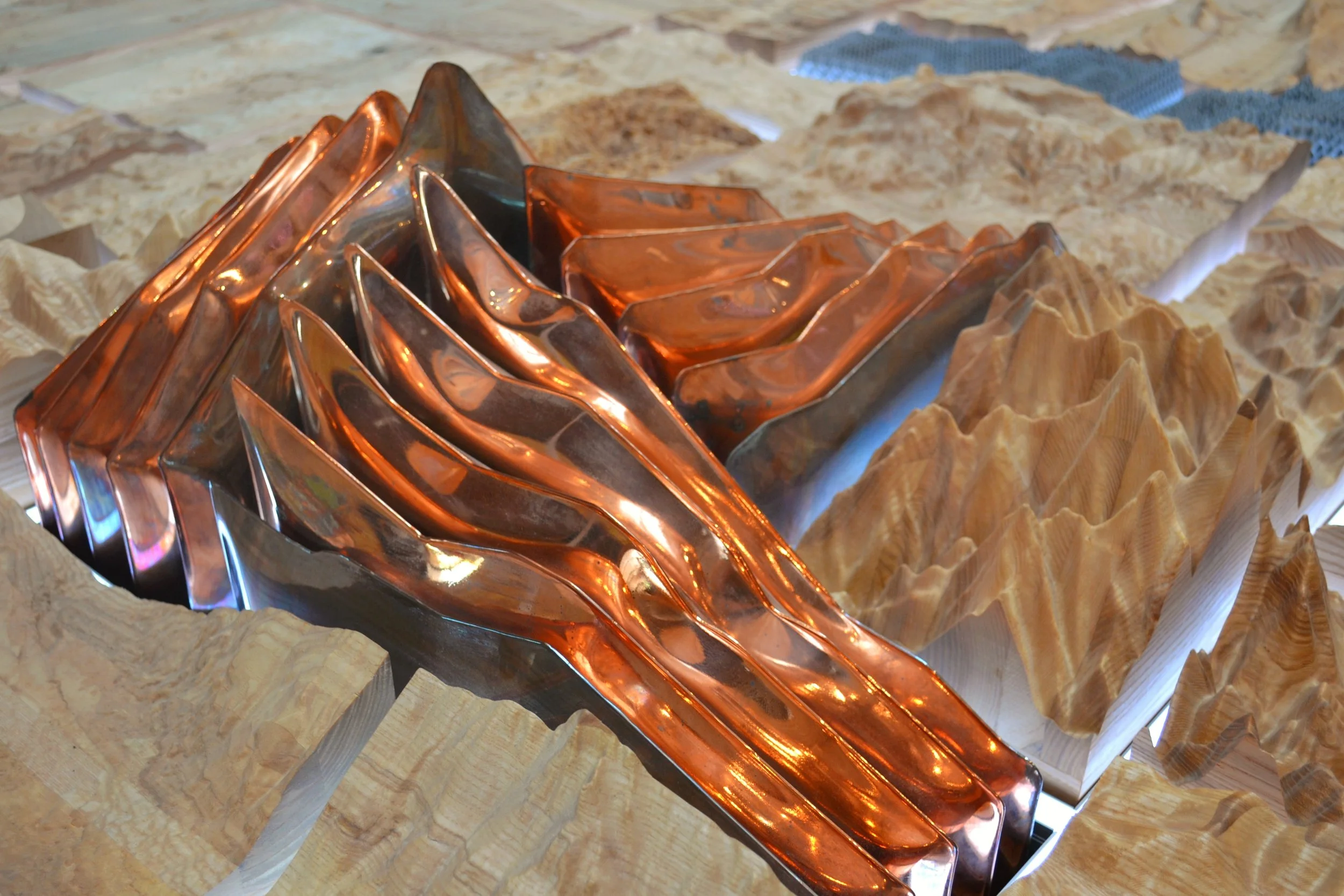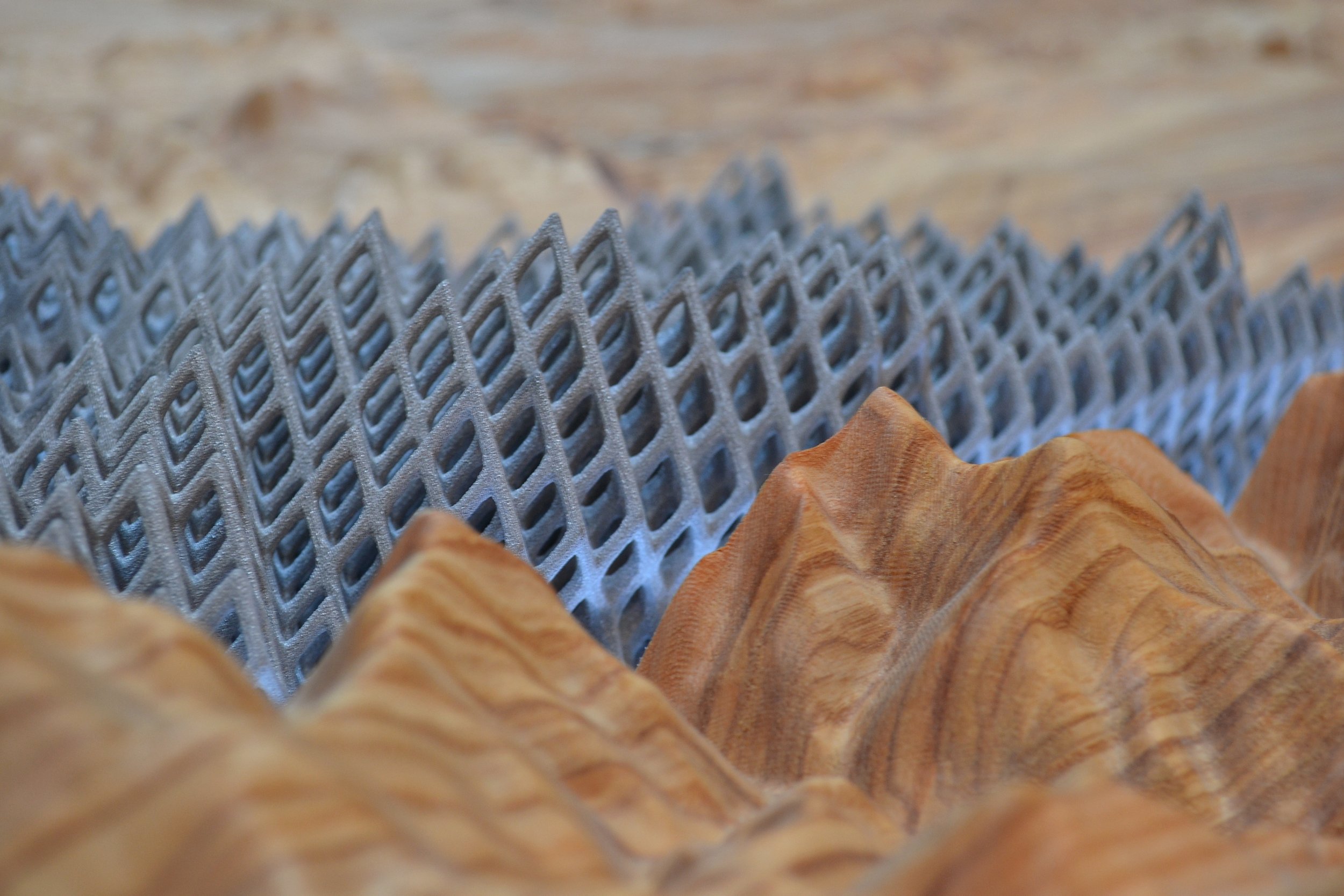Fostering Cultural Exchange
How do we set the stage for inspired cultural exchange at the Poland pavilion?
The theme for Expo 2020 Dubai was “Connecting Minds, Creating The Future”, organized into three sections: Opportunity, Mobility, and Sustainability. The hosts want to emphasize that the challenges of today’s world are so complex and complicated that they cannot be solved in isolation. They encourage people to work together – regardless of latitude, institutional barriers or cultural differences. Expo 2020 Dubai was a platform for dialogue, an announcement of a future based on cooperation.
Poland’s theme – “Creativity inspired by nature” – was brought to life in an exhibition that invites visitors to explore Poland’s culture, industry, and its natural environment. The exhibition narrative, detailed concept strategy, and design of key experiences were created as an international collaboration between Tellart/BIG DREAMS and partner studios Science Now and Stellar Fireworks. Our work enriched the pavilion with distinctive, interactive experiences, immersive spaces and embedded multimedia storytelling. We emphasized touch-less experiences in consideration of the global pandemic. The completed visitor experience garnered 5 awards for exhibition design and brand communication.
“Creativity inspired by nature”
The architectural and thematic concept for the pavilion was created by studio WXCA together with the Swiss studio Bellprat Partner. Located in the Mobility section of the Expo, the Pavilion clearly refers to mobility: it is an open, wooden, modular structure expanding upwards, shrouded in a kinetic sculpture representing a flock of birds. It refers to the richness of nature and the fact that Poland is the main habitat for migratory birds, as well as the international mobility of ideas, people and culture.
Our team translated the thematic concept for the exhibition into a comprehensive visitor experience strategy and detailed design for multimedia content installations. The storytelling evolved from partly-siloed accounts of nature and green technologies into a more universal theme incorporating entrepreneurship, culture, mobility and collaboration under the overarching theme of creativity derived both from nature and human ingenuity. We arranged the content progression to form a narrative arc, taking into account visitor engagement modalities and technical constraints. Social distancing precautions required recalculating traffic throughput, and touch-less experiences were favored over traditional interactives.
Define the experience
The central exhibit in the pavilion, the Polish Table, inspires exploration and intercultural encounters. Our goal was to create a welcoming experience that brings together hosts and guests in an intuitive form that is playful and visually rewarding. To deliver that, we identified key principles to guide the design of the experience.
“A home for creativity”
In the central exhibit, Poland is presented as an open and welcoming home of creativity. We focus on the human experience with hosts welcoming visitors as honored guests to join a social exchange around the table when they enter the pavilion. The Polish Table, a sculptural representation of landscapes, natural resources and creative outputs, is a metaphorical collage inspiring exploration and dialog.
In chatting with hosts and other guests, visitors discover facts about the country and one another. They learn to say hello in Polish and share greetings in their own language too, with a responsive light show that visually reflects their collaborative participation. Voice-activated trails of light meander among the sculptural blocks and merge to illuminate a tower across the table that rises toward upper levels of the architectural space. This uplifting experience is memorable because it is participatory and celebrates the human connection, unlike other, more didactic, informational exhibits.
University students played the role of Hosts at the Polish Table, engaging visitors in dialog and participation. Scripts were developed to guide the core welcoming dialog, the Polish language greeting exchange and resulting light show. An array of stories about the artisans and materials offered fodder for further conversation, allowing visitors opportunities to be enriched through deeper interaction. This emphasis on human connection made for a deeper, more nuanced experience, unique among Expo pavilions that too often rely on screen-based storytelling. It also exemplified the value of Polish hospitality.
Material design
The “Polish Table” installation is a unique work of art, created from the raw materials characteristic of our country, such as copper, glass, wood, aluminium, ceramics and yacht-building steel, with the joint effort of Polish craftsmen, artists and engineers. The “Polish Table” is filled with stories and vivid cultural accents, bits and pieces about the country’s resources, contemporary science and technology, and unique design.
The table is built from more than 120 milled blocks of ash wood from Poland. Each of them is shaped to reflect a different aspect of Poland’s landscape, from iconic urban spaces to farmlands and mountains. All the elements were put together using a generative design algorithm, while the topographic information came from satellite data from the Earth observation program, Copernicus. For more information on the detailed design of the table, see the case study published by Science Now.
The table also includes special modules. These are unique artistic works by leading Polish artists and craftsmen who specialize in creating art using particular materials or specific techniques. The “Polish Table” contains modules made from ceramics (BOLESŁAWIEC Factory), glass (Agnieszka Bar), steel used in yacht construction (Conrad Shipyard), copper and silver (Oskar Zięta), wood (Maciej Siuda), and a special kind of aluminum used in 3D printing for the aerospace industry (PIAP Space). The main idea in this collaboration was to showcase a diversity of skills, craftsmanship and new technologies that creatively transform native raw materials into true art.
In combining computational processes with organic materials, artisanal production methods, and ambient interactivity, we aimed to elevate a communication challenge to the level of contemporary art. This collaborative installation represented a fusion of Polish creativity inspired by nature, as a center-piece for the pavilion.
“Focusing on partnerships and relations-building was the key in creating the Polish Table. As the story of Poles' creativity is multidimensional and interdisciplinary, the design process required involvement of experts representing diverse disciplines and areas of knowledge (from climatology and space 3D printing to ceramics and yacht building). We managed to get over 60 people on board - designers, researchers, scientists, artists, entrepreneurs and producers - who have crafted together the idea of the experience.” —Jan Pomierny, Science Now
Collaborative creation
The consortium of Science Now, Stellar Fireworks and Tellart was the originator of the “Polish Table”, with the Tellart/BIG DREAMS team leading on the experience concept strategy. The design of the physical installation was prepared by RAZ, while Ejsak Group fabricated the structure, wooden elements and the interactive layer of the voice-activated light show.
Client: Polish Investment and Trade Agency
Team: Jack Lenk, Laila Aukee, Haeyoung Kim, Lukas Valiauga, Sabrina Verhage, Joanna Roman, Nick Scappaticci
Science Now and Stellar Fireworks: Jan Pomierny, Lukasz Alwast, Katarzyna Swietochowska, Martyna Sykta, Anna Hynowska, Aleksandra Lukaszewska, Andrzej Kotarba
Raz Solutions: Jacek Markusiewicz, Ander Gortazar Balerdi, Michat Piasecki
Ejsak Group: Arkadiusz Ejsak, Wioletta Kryszkiewicz, Marcin Kaptacz, Production team

